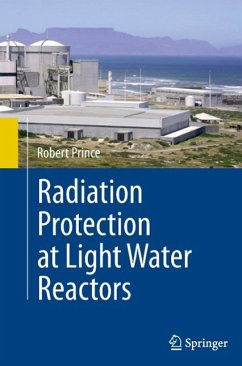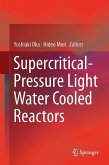From the reviews:
"A comprehensive book on practical radiation protection at light water reactors written at the operational health physics level. ... it does an outstanding job of covering the many aspects and considerations for the reactor health physicist. ... appropriate for an undergraduate-level reactor health physics course, a dedicated training course for technicians and health physicists at LWRs, or persons entering the regulatory or inspection fields. ... the author has a pleasing writing style and has produced a text that is easy and enjoyable to read." (Ken Veinot, Radiation Protection Dosimetry, Vol. 157 (1), November, 2013)
"Written for those individuals who wish to gain an understanding of radiation projection aspects associated with the operation and maintenance of commercial light water reactors in operation today. This text will definitely accomplish the stated purpose. ... an excellent addition to available literature in that it provides detailed information on many aspects of the radiation protection program for power reactors. This information is current, the problems addressed are real, and the suggestions are based on actual solutions used in existing radiation protection programs." (Dennis Quinn, Health Physics, Vol. 104 (1), January, 2013)
"A comprehensive book on practical radiation protection at light water reactors written at the operational health physics level. ... it does an outstanding job of covering the many aspects and considerations for the reactor health physicist. ... appropriate for an undergraduate-level reactor health physics course, a dedicated training course for technicians and health physicists at LWRs, or persons entering the regulatory or inspection fields. ... the author has a pleasing writing style and has produced a text that is easy and enjoyable to read." (Ken Veinot, Radiation Protection Dosimetry, Vol. 157 (1), November, 2013)
"Written for those individuals who wish to gain an understanding of radiation projection aspects associated with the operation and maintenance of commercial light water reactors in operation today. This text will definitely accomplish the stated purpose. ... an excellent addition to available literature in that it provides detailed information on many aspects of the radiation protection program for power reactors. This information is current, the problems addressed are real, and the suggestions are based on actual solutions used in existing radiation protection programs." (Dennis Quinn, Health Physics, Vol. 104 (1), January, 2013)








